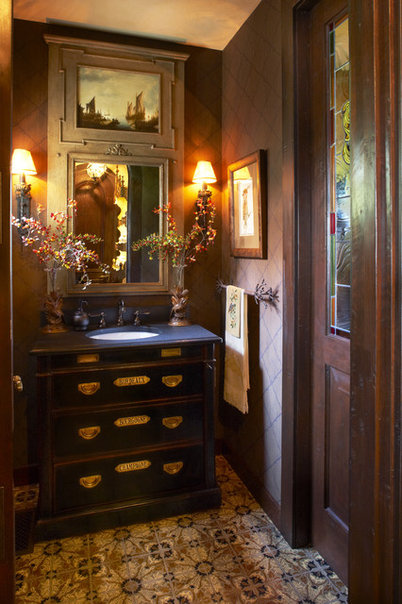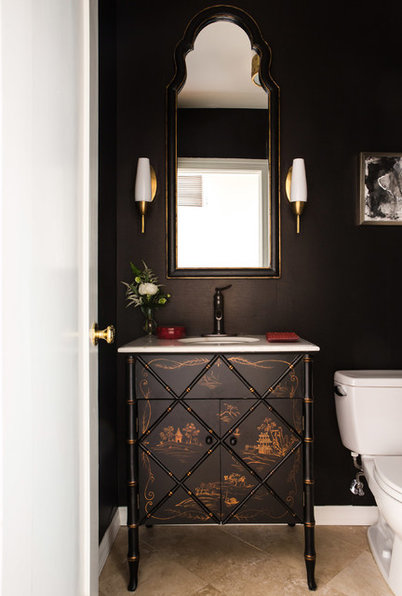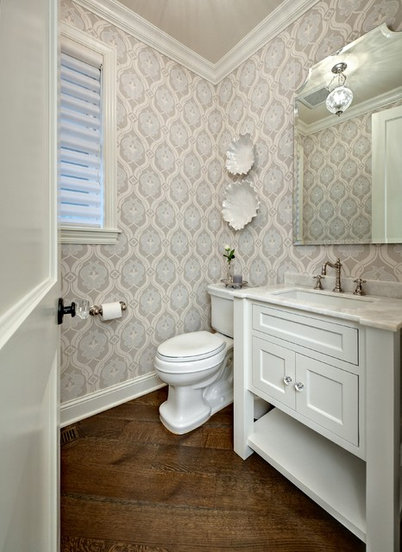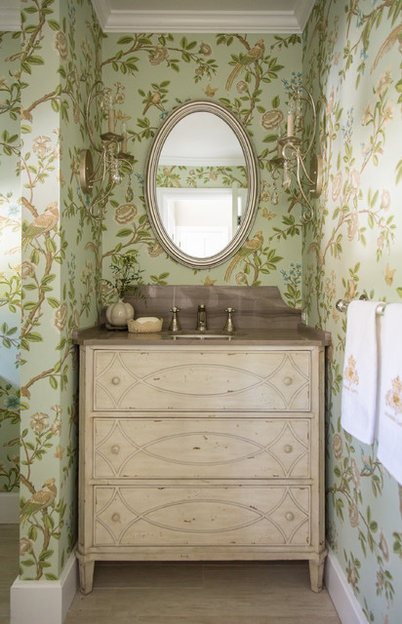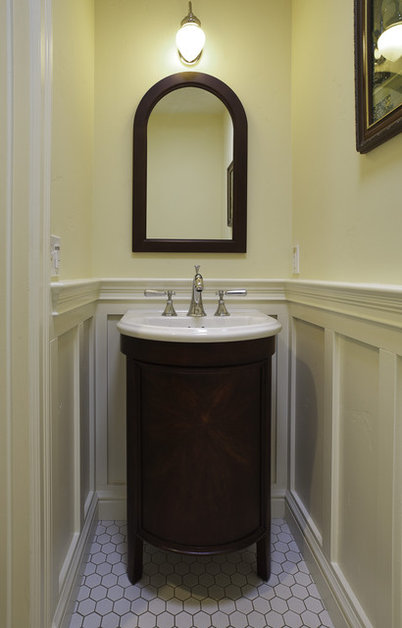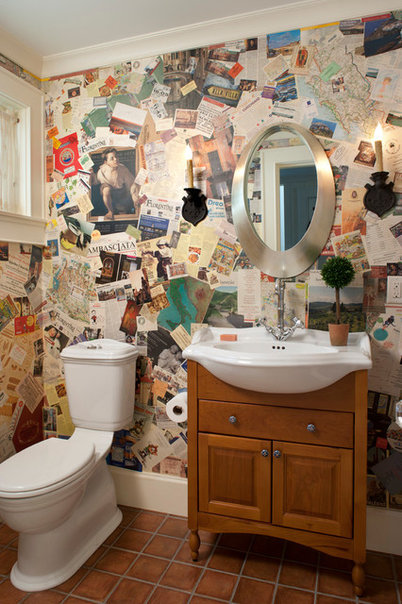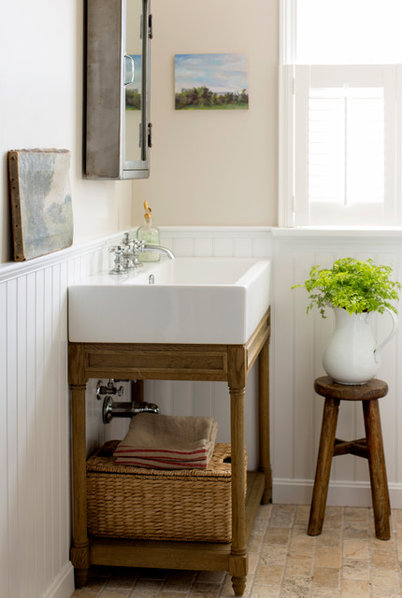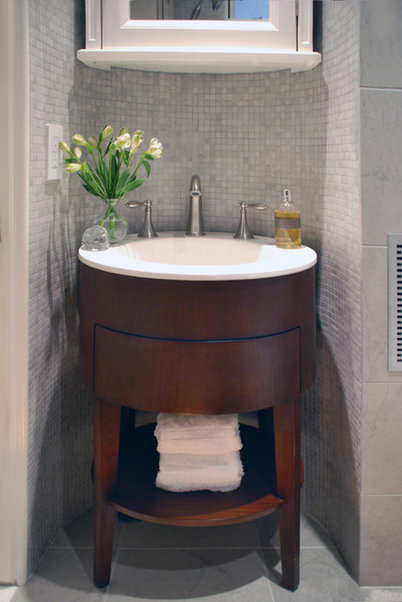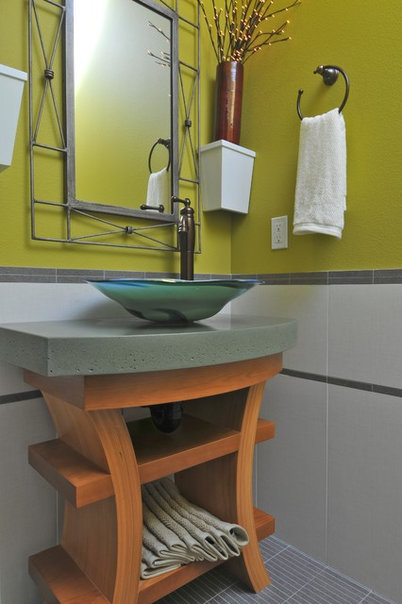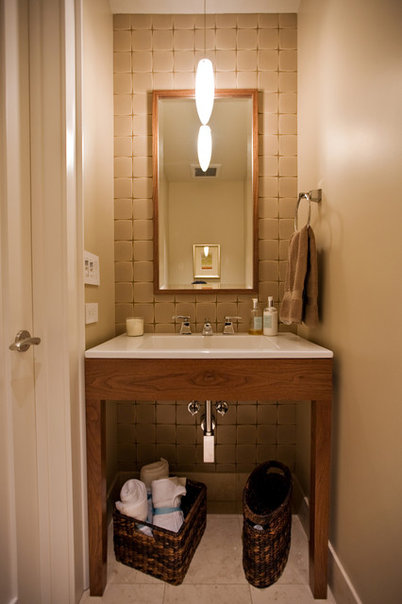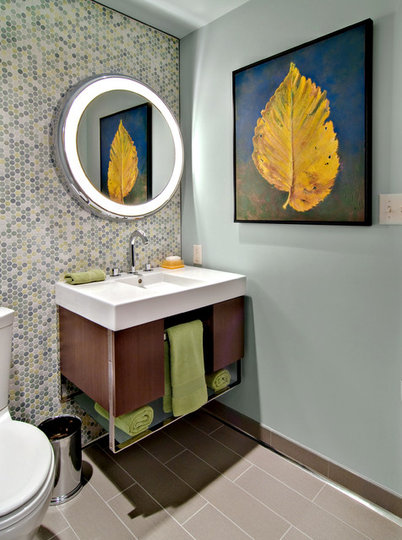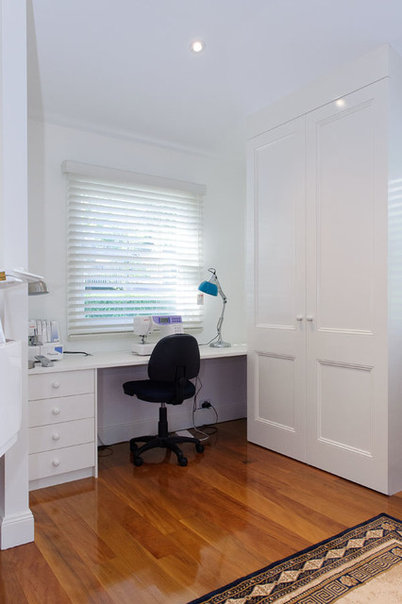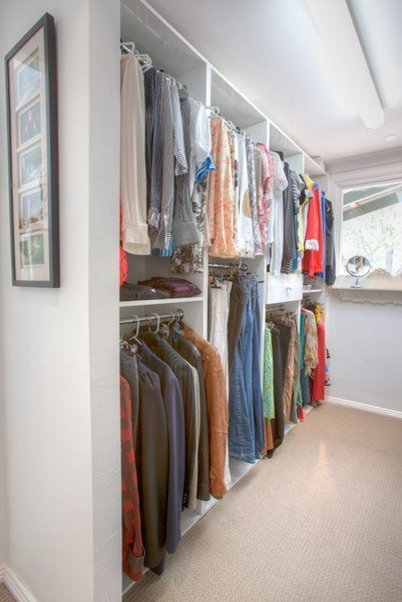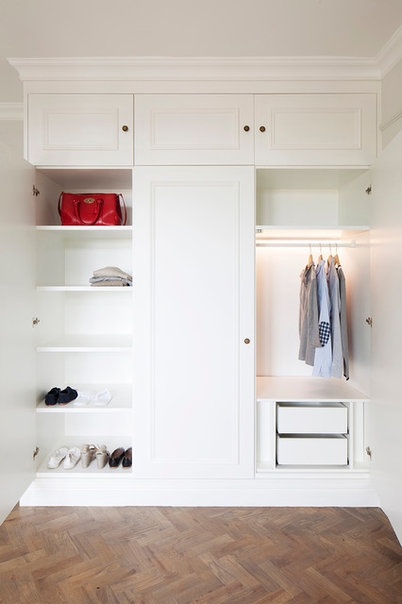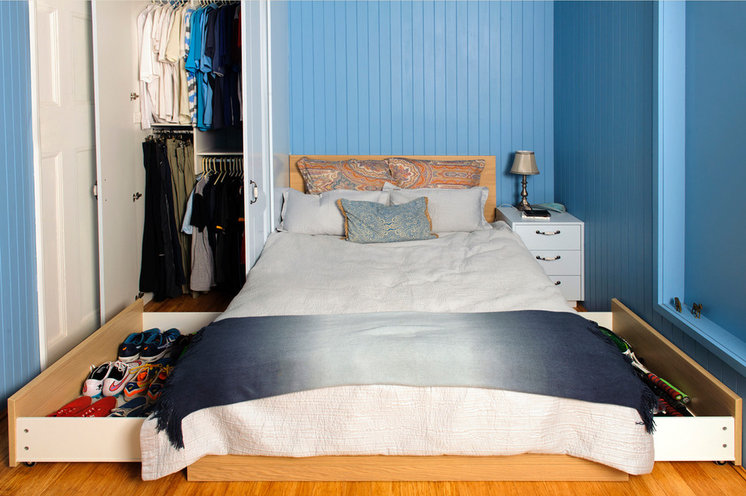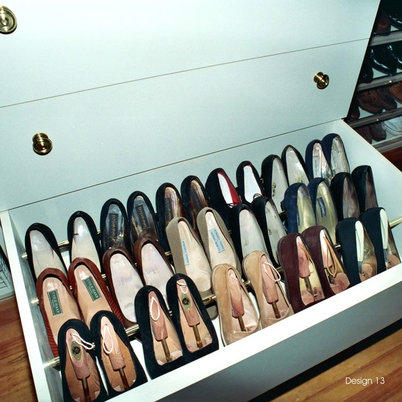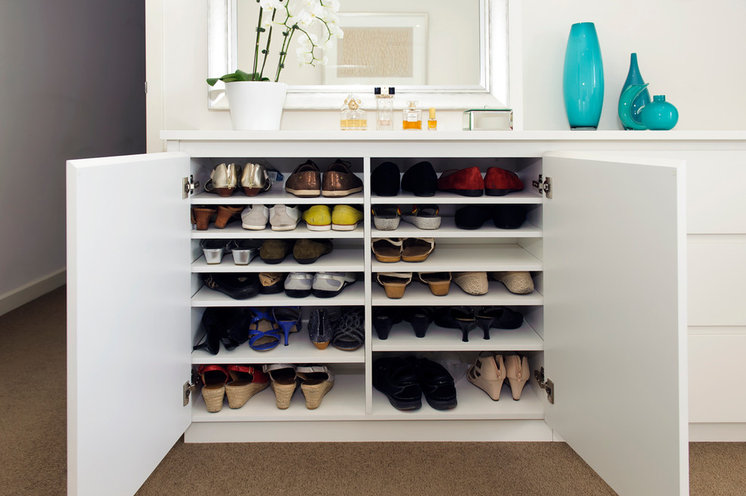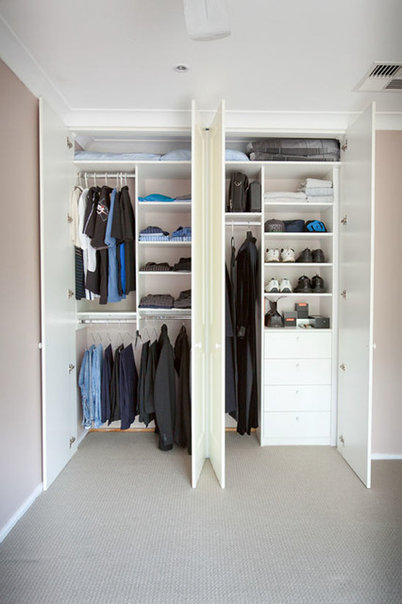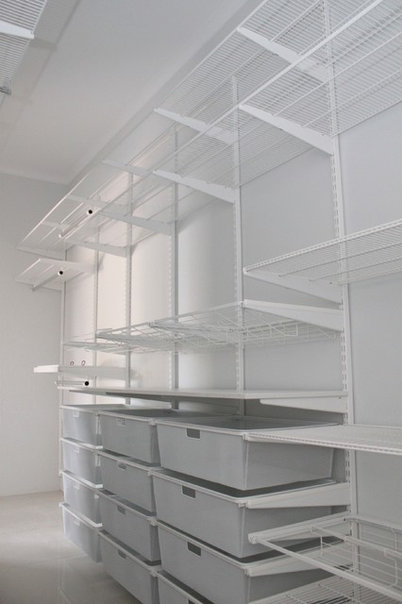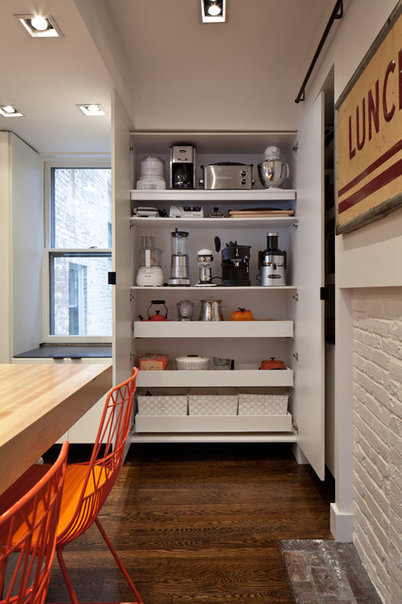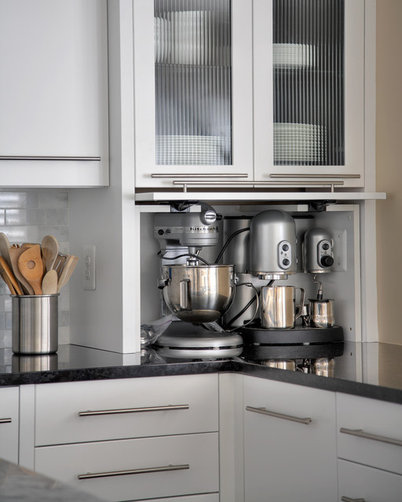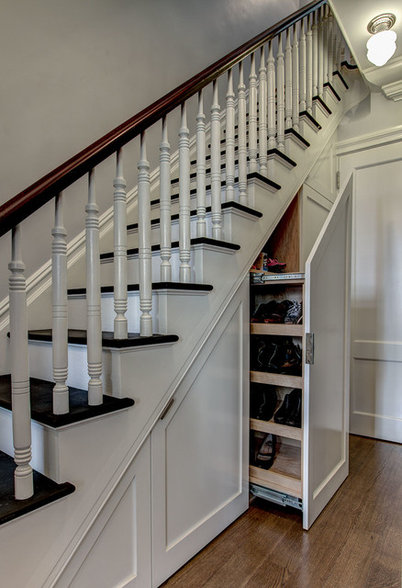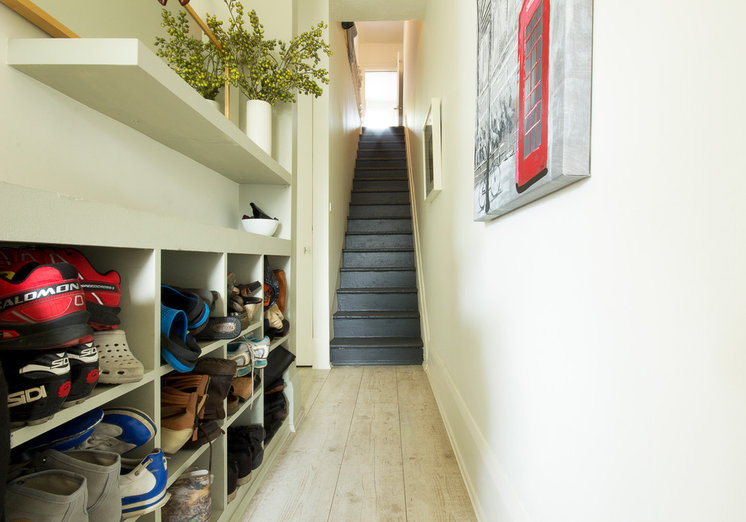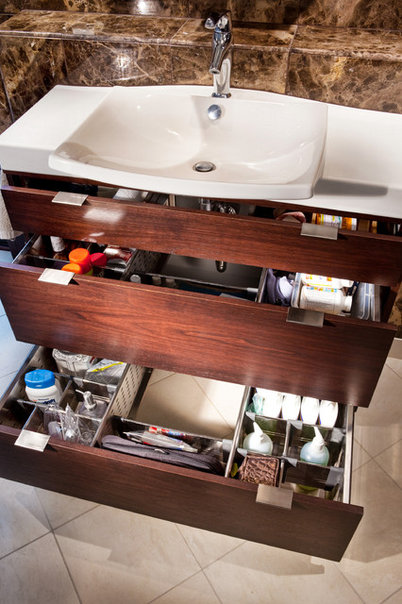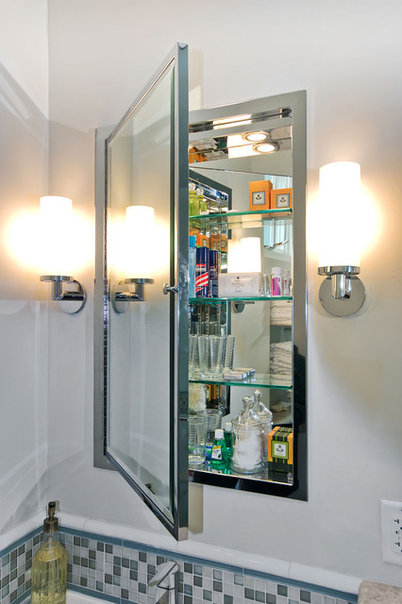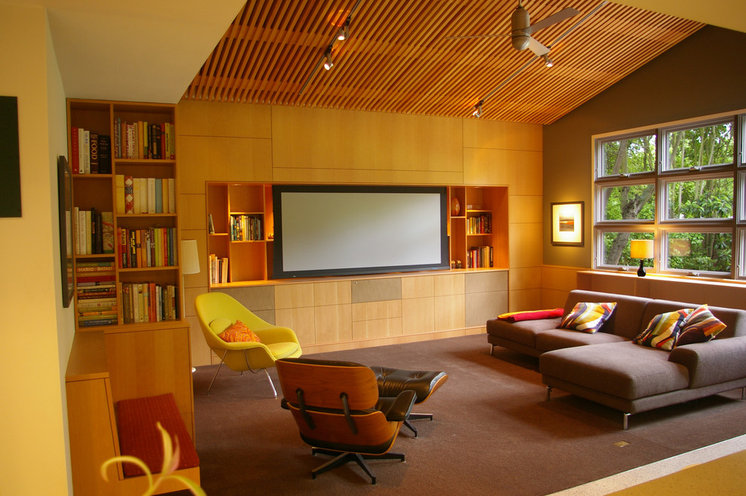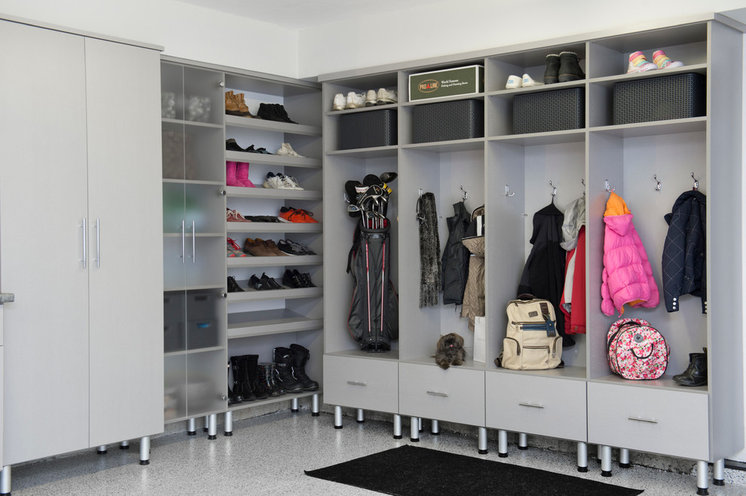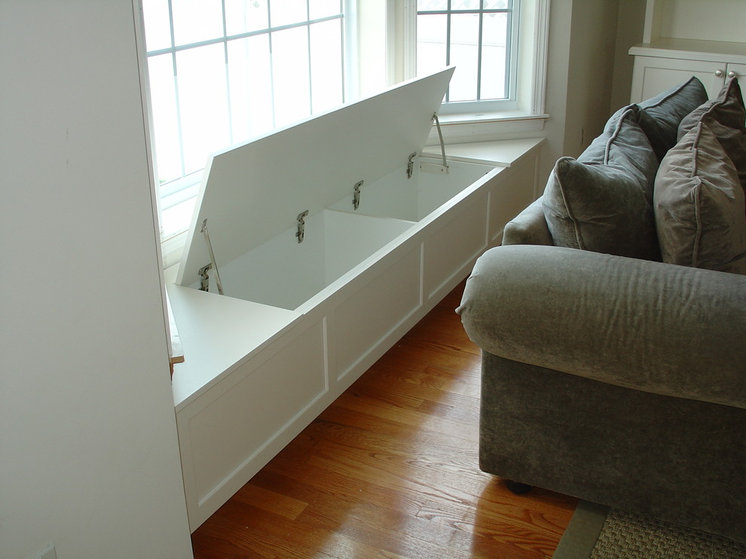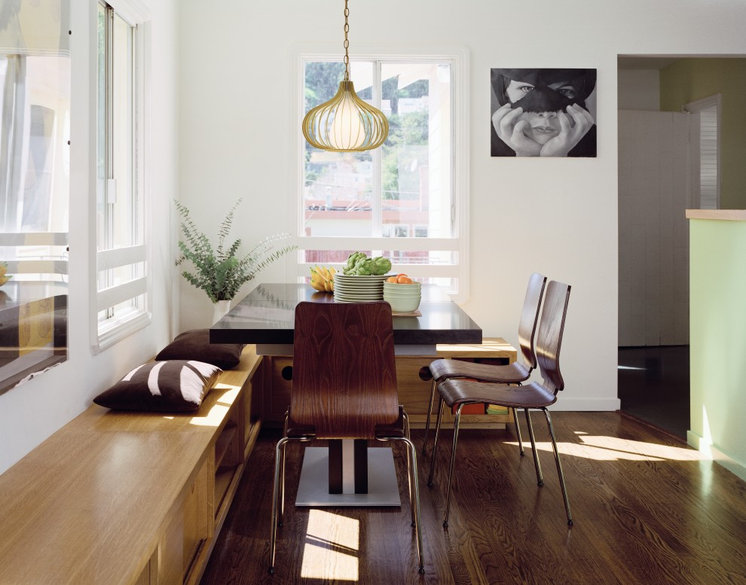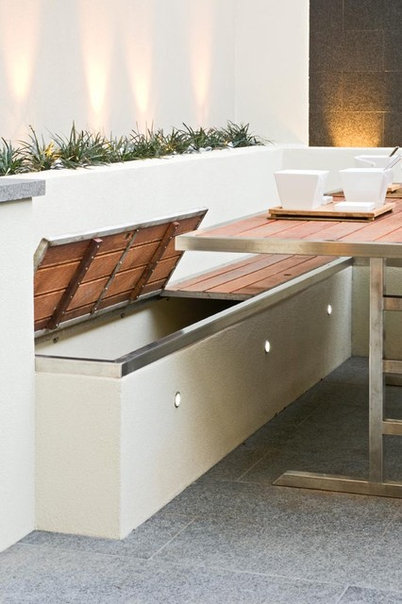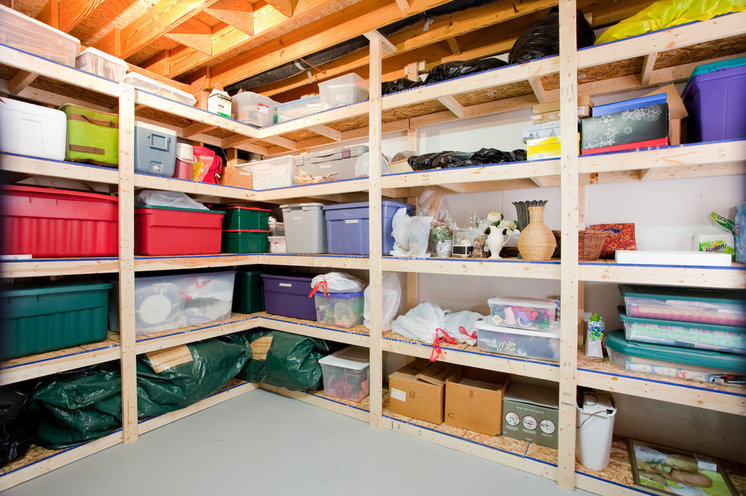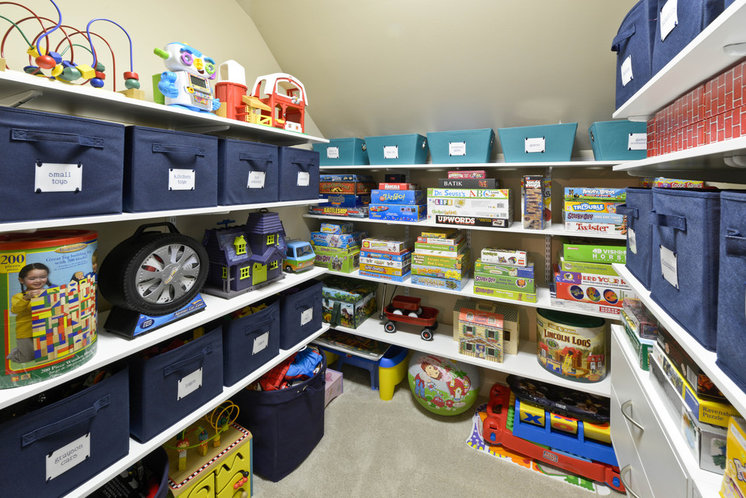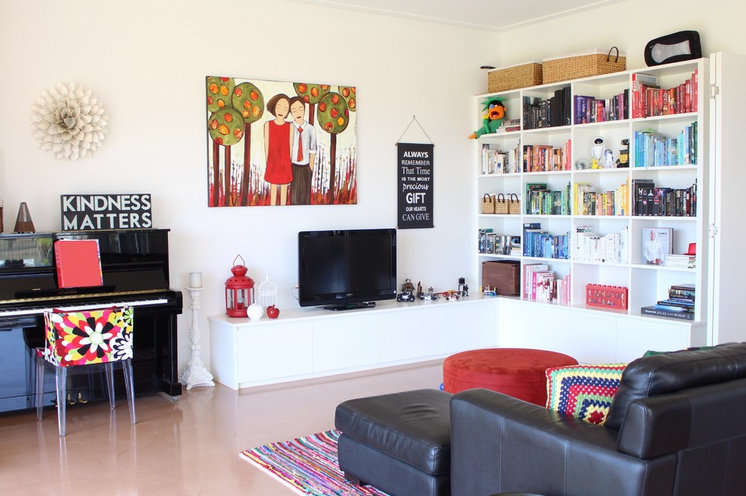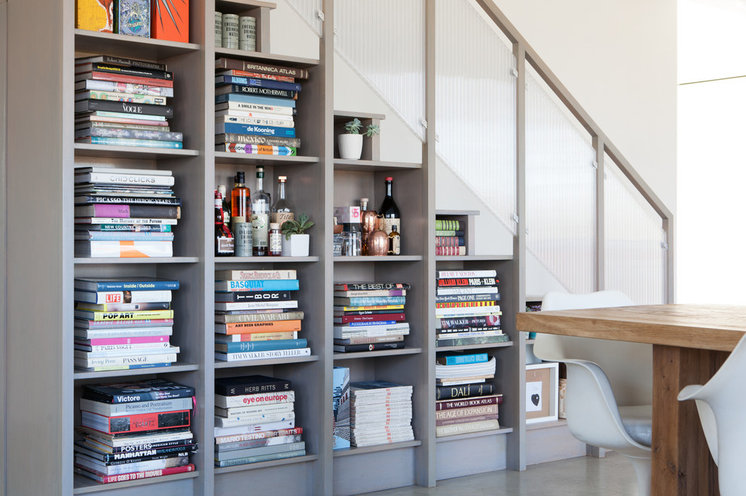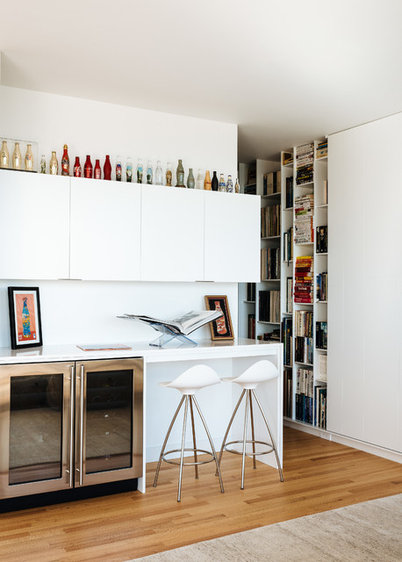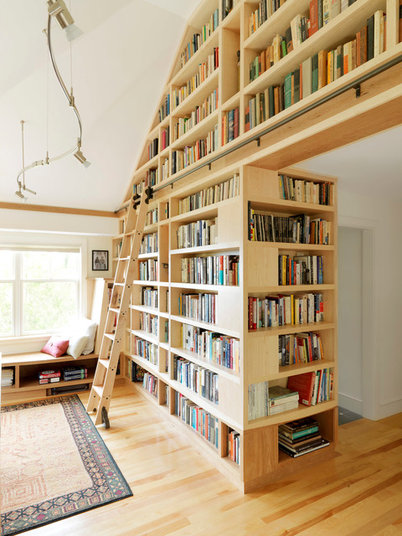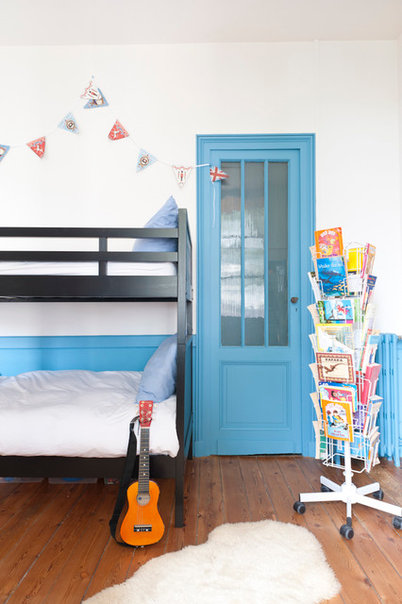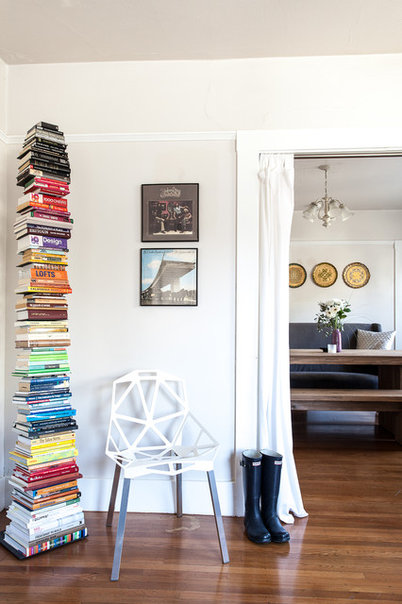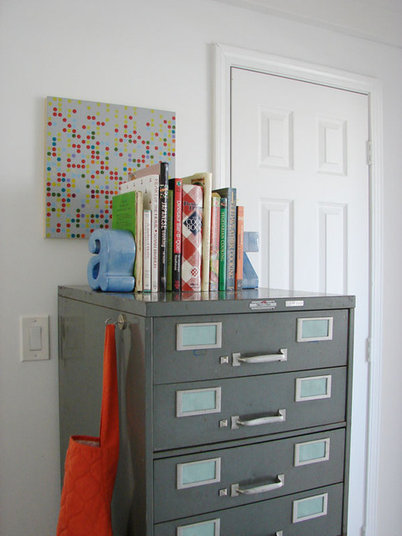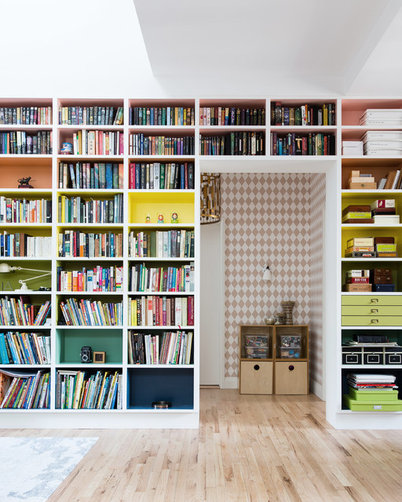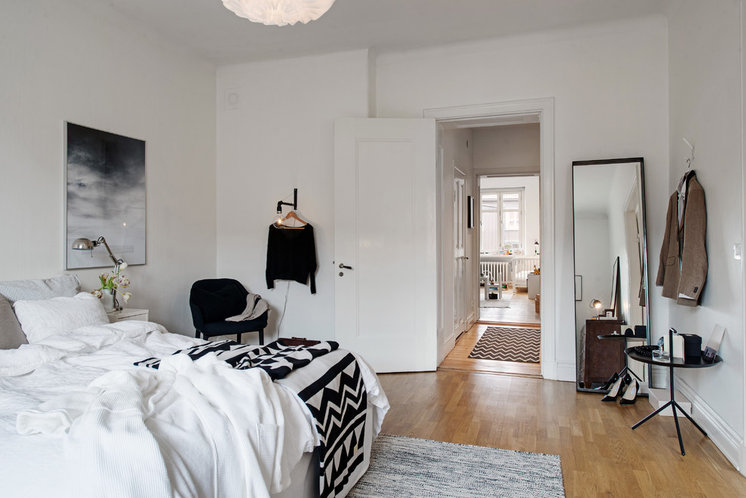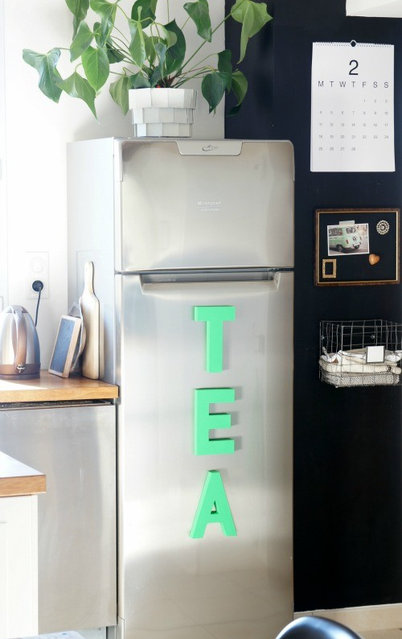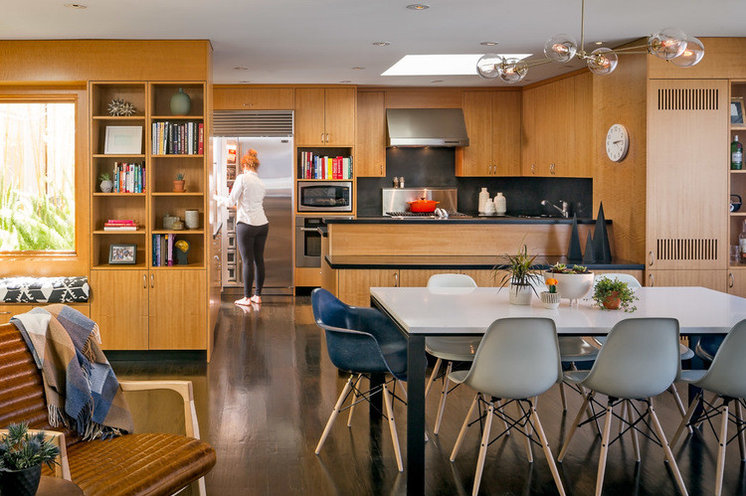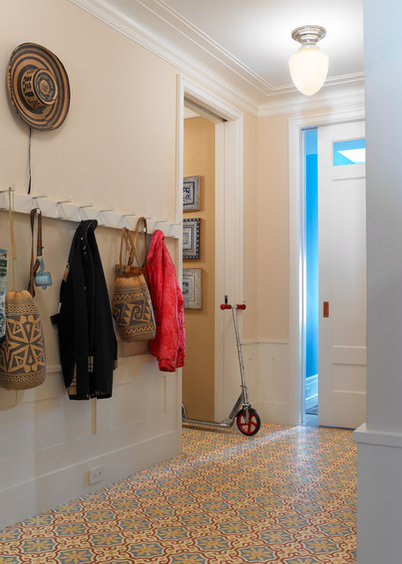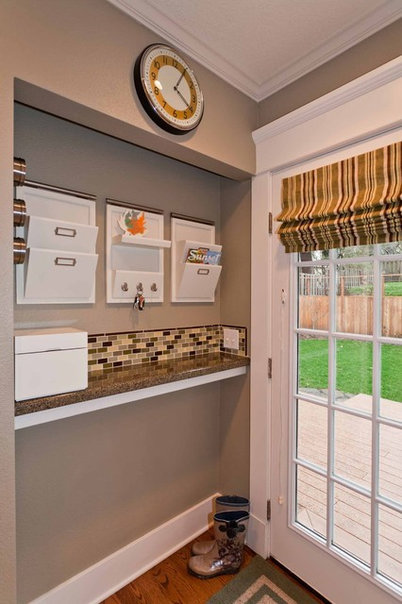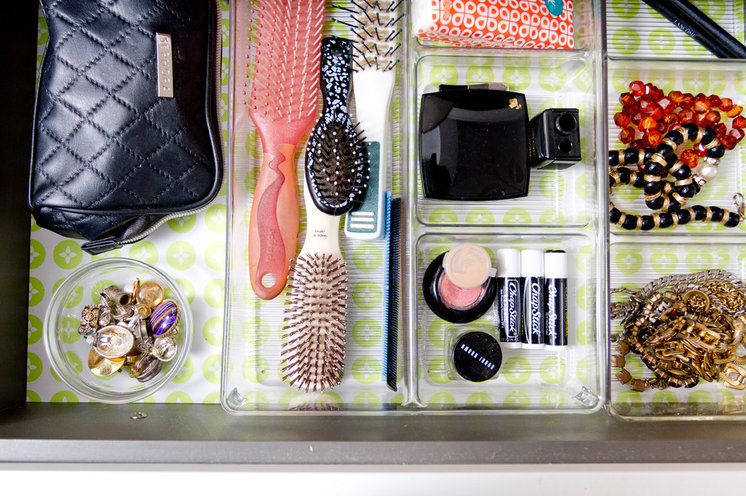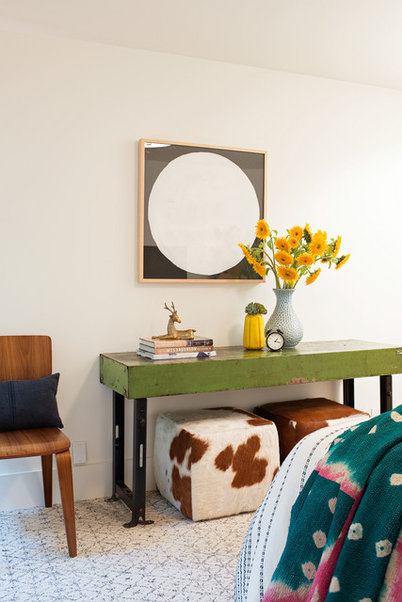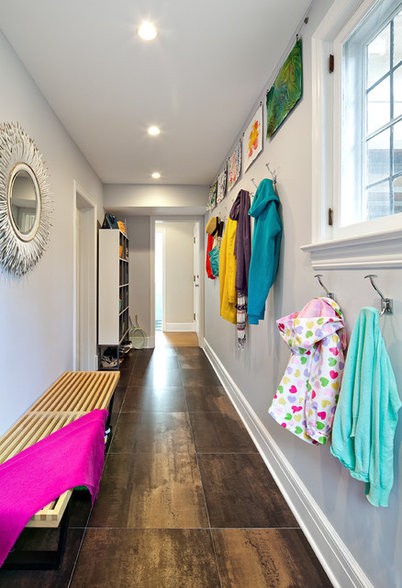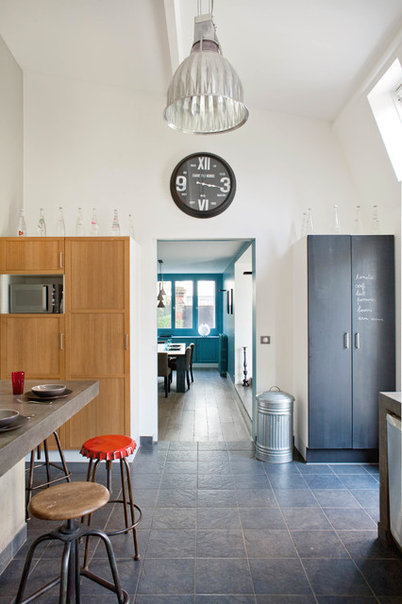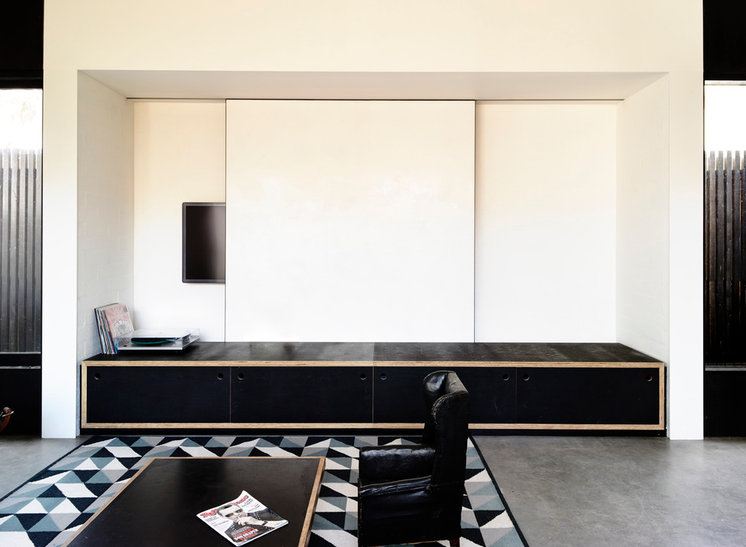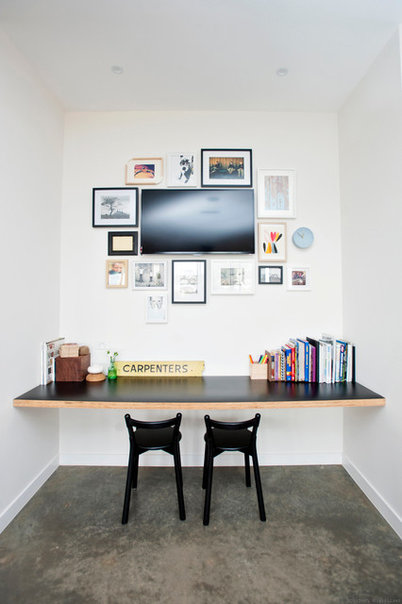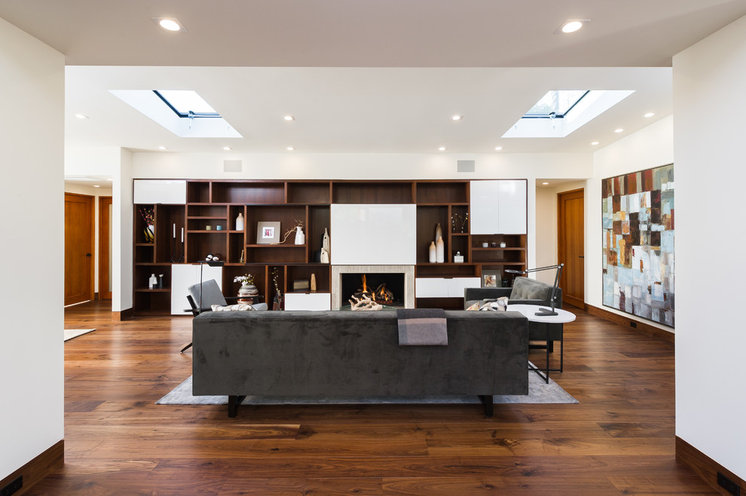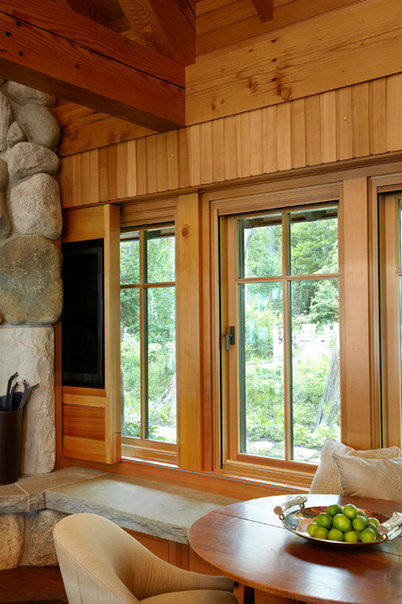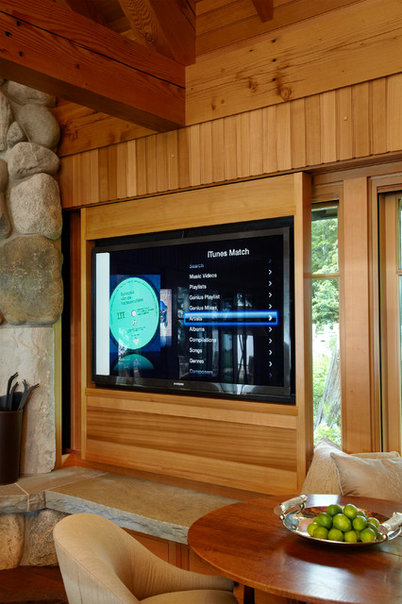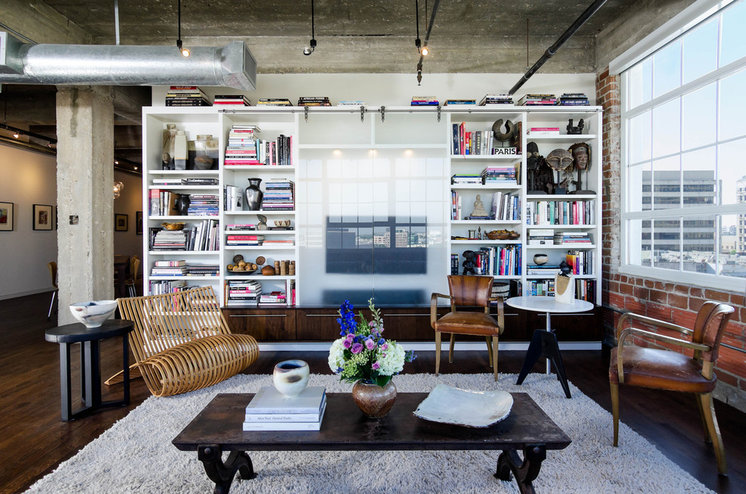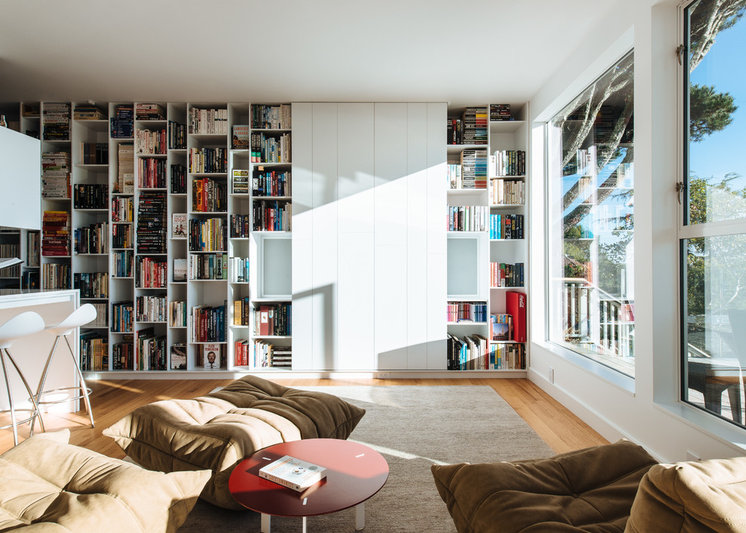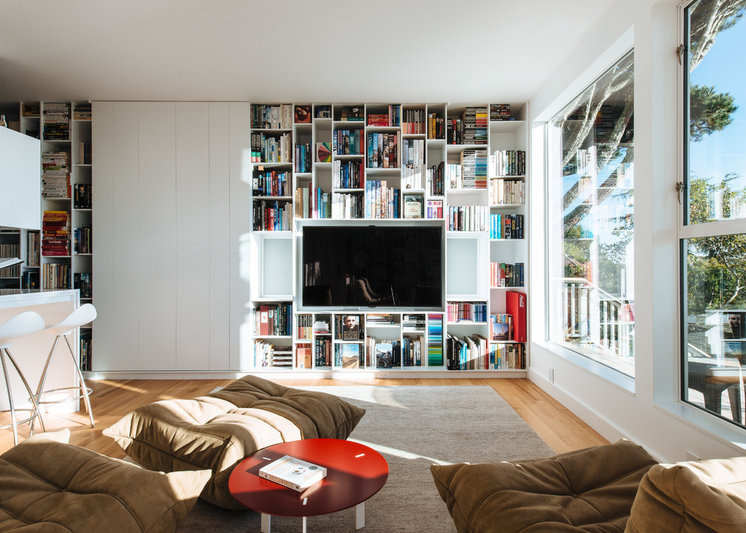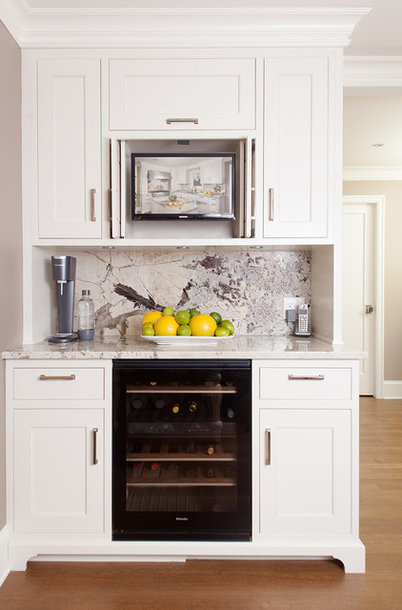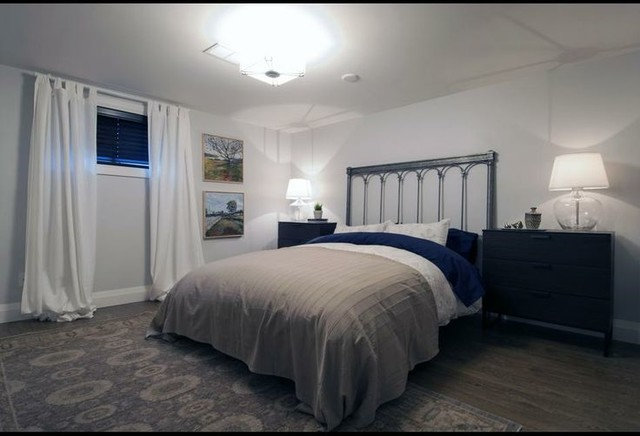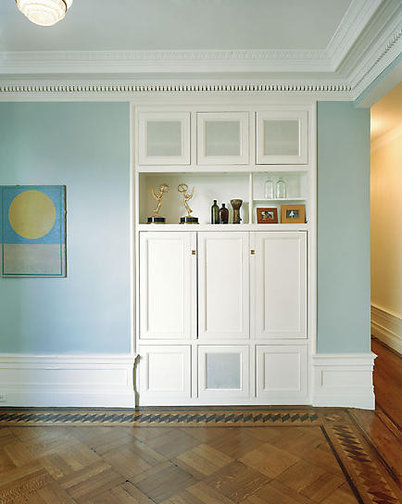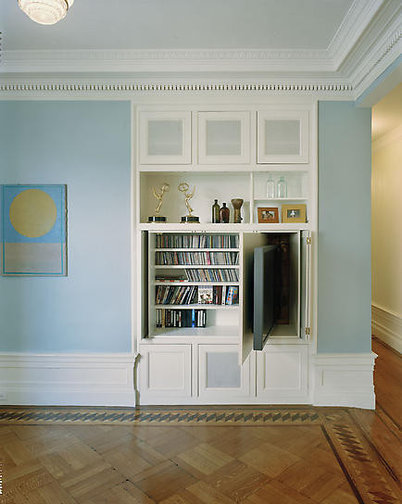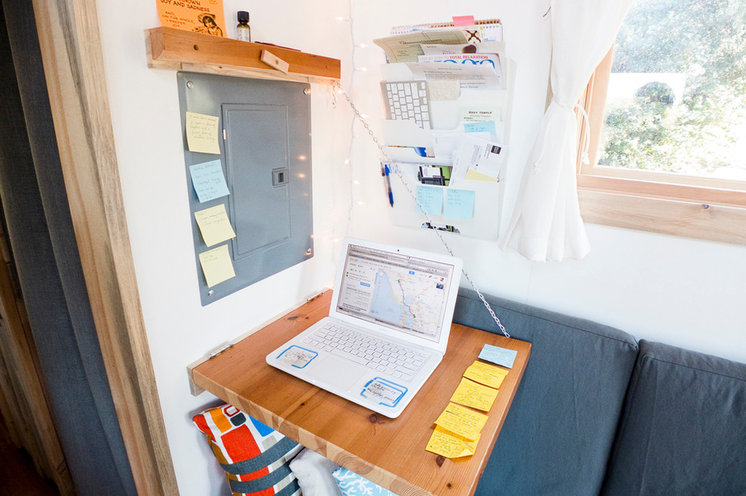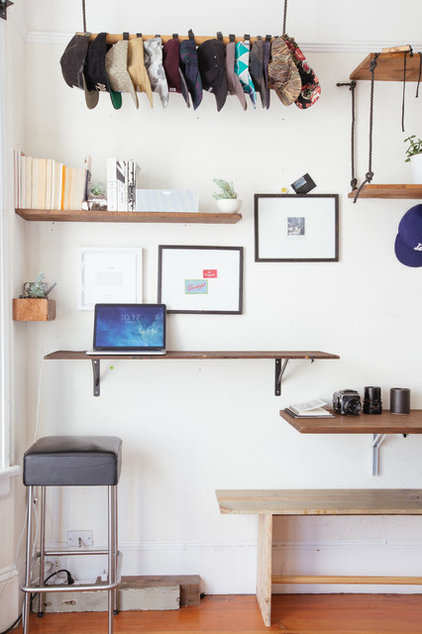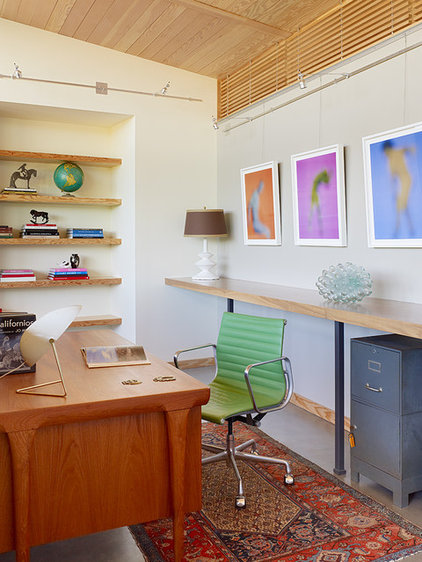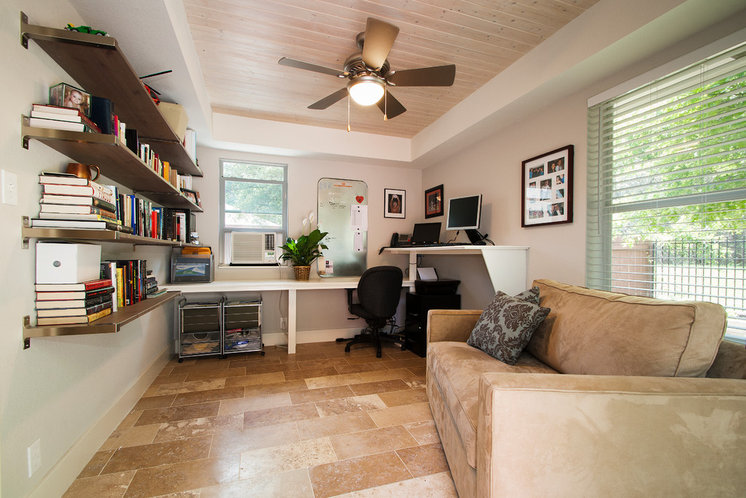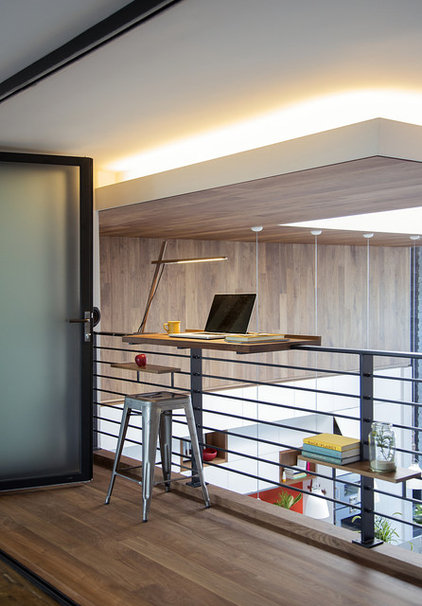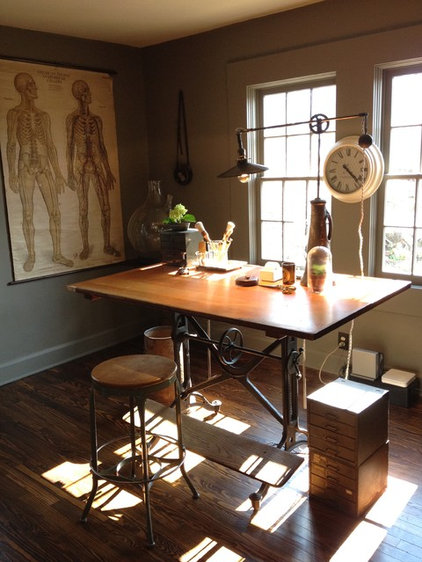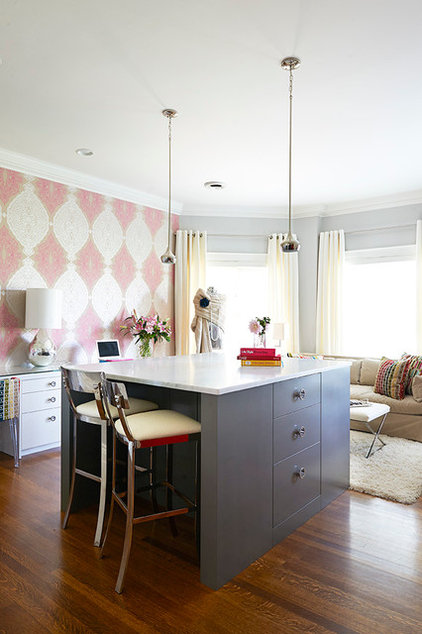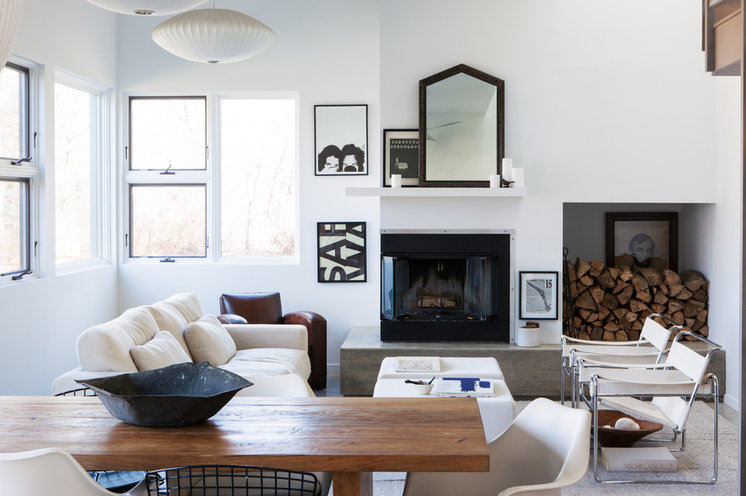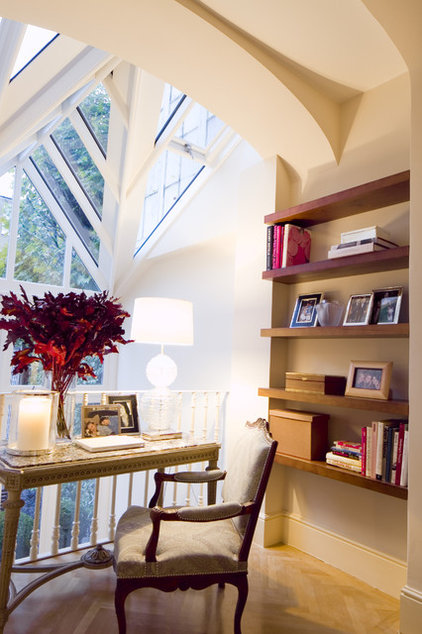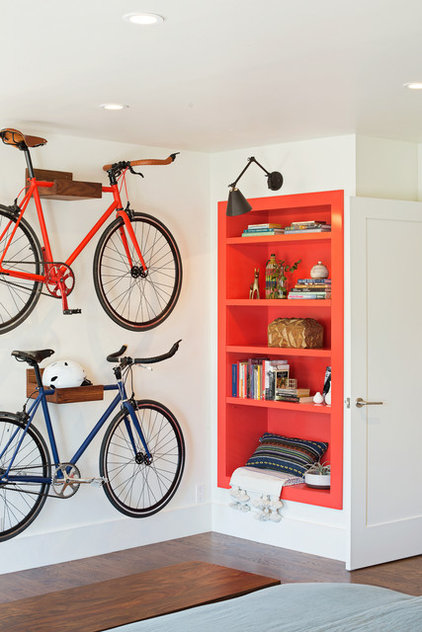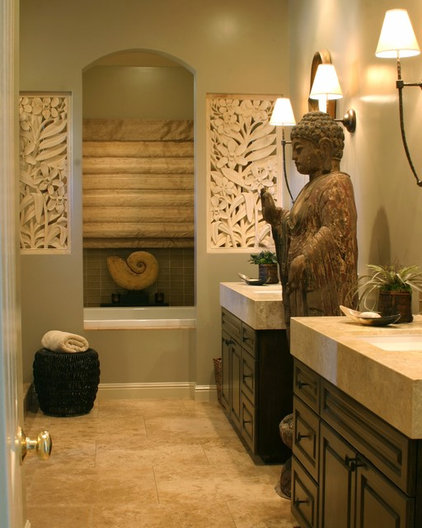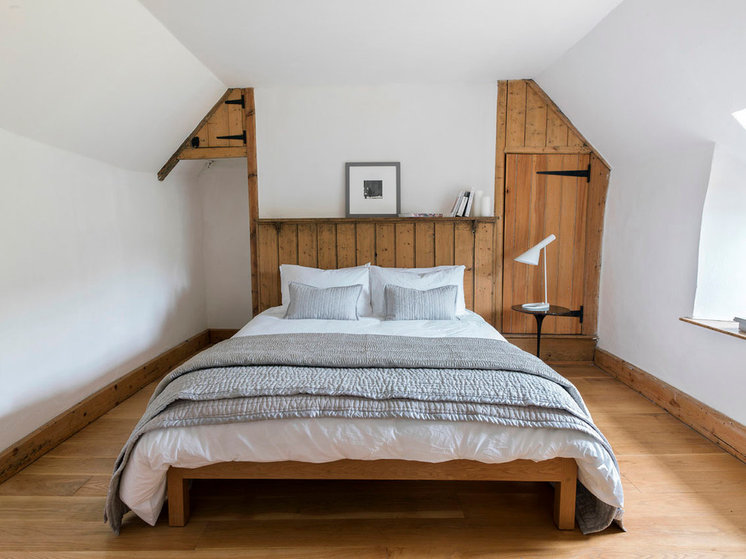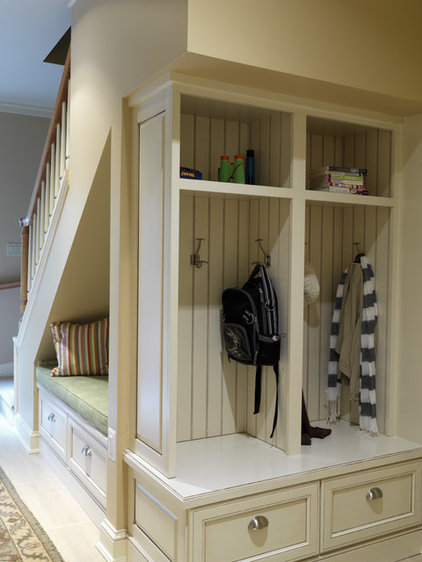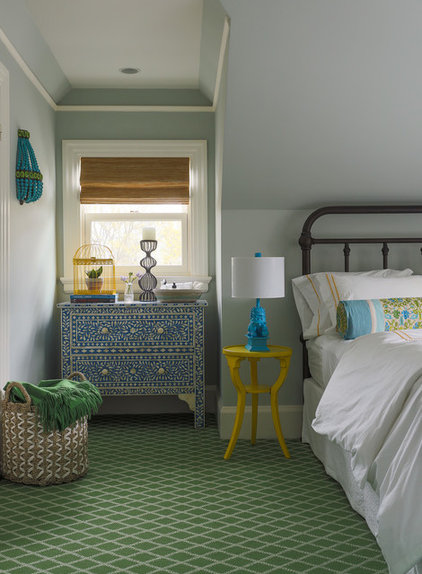“Trying to set up an effective Home Office can be tough. Location, Lighting, Supplies, Organization, all go into the planning process.”
Denise Buck & Ed Johnson – DC Metro Realty Team
Who’s the best boss ever? You are, of course.
If you plan to begin your own business soon or have already experienced the joys of self-employment, you need a dedicated place to work. You look and feel more professional and you’ll be more productive in your own space. It’s also a great way to separate work and home life.

(Credit: gpointstudio/Shutterstock)
We’ve broken down the steps you need to take to create the most efficient and comfortable workspace.
1. Decide on a Location
Converting an extra bedroom into an office makes the most sense, but never locate your business in the room you sleep in. Experts say that’s a sure way to encourage insomnia. If all the rooms are in use, try a large closet or as a last resort, a quiet corner of the dining room, kitchen or recreation room. Look for a place with some degree of privacy, a good source of natural light and a low noise level.

(Credit: Qiwen/Shutterstock)
2. Make a List of Work Tasks
This itemization helps you determine the furniture you need – a desk and chair for sure – but will clients meet here, as well, and need their own sitting space? If you generate paperwork, you’ll require files and file cabinets. Do you need storage space for the products you sell?

(Credit: pics721/Shutterstock)
3. Organize the Space
Place your furniture and equipment by frequency of use. Computers and printers used everyday should be close together and within easy reach. Also, have a designated space for papers or bills that need processing immediately. Put office supplies like pens, pencils and paperclips in small containers or on trays on top of your desk.

(Credit: Iriana Shiyan/Shutterstock)
4. Remember Your Health
An ergonomic chair makes sitting a little less fatiguing. Place your computer so the top of the screen is at eye level and your feet rest flat on the floor. Add a foot pad if you’re short.

(Credit: Patryk Kosmider/Shutterstock)
5. Lights and More Lights
If you can, move your desk close to a window to absorb more of that natural light. You still need lamps because the overhead light won’t shed enough brightness on your work area. Add table lamps and floor lamps until you have what you works best. When the sky turns gray for most of the day like it does in the Pacific Northwest, you might invest in alamp especially designed for Seasonal Affective Disorder.

(Credit: MR. INTERIOR/Shutterstock)
6. Add a Planning Zone
Enhance the room with a recliner, comfortable chair and ottoman or even a sofa if you have the square footage. Getting away from your desk spurs your creativity, solves problems and lets you power nap.

(Credit: MR. INTERIOR/Shutterstock)
7. Personalize Your Space
Hang family photos, favorite works of art or certificates of accomplishment. Bring in house plants. They improve your health by purifying the air and helping you breathe better. Burn a scented candle made of essential oils to help you handle certain tasks. Lemon advances clear thinking, lavender calms and peppermint boosts energy.

(Credit: Iriana Shiyan/Shutterstock)
8. Stock Up on Supplies
Nothing makes you lose your train of thought or focus like having to run to the office supply store for something. Keep a backup supply of what you use regularly like copy paper, envelopes, pens, staples, stamps and ink cartridges.

(Credit: Photographee.eu/Shutterstock)
9. Change the Paint
To refresh your home office, change the colors of the walls. Choose green for a balanced and restful room, orange for an energetic feel or purple if you need to frequently call on your creativity.

(Credit: Iriana Shiyan/Shutterstock)
Originally Published on Pro.com
